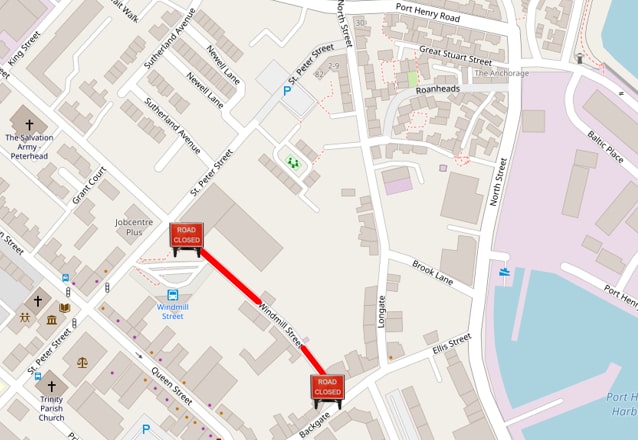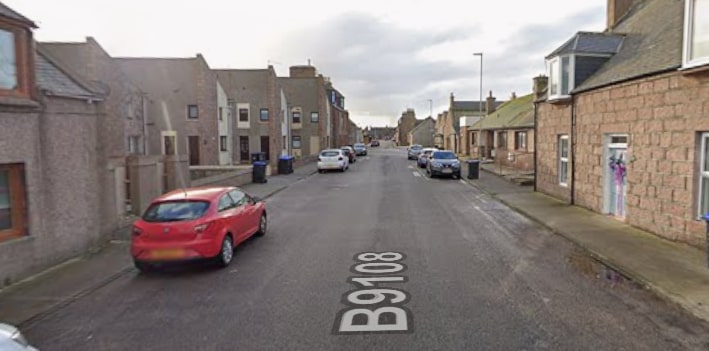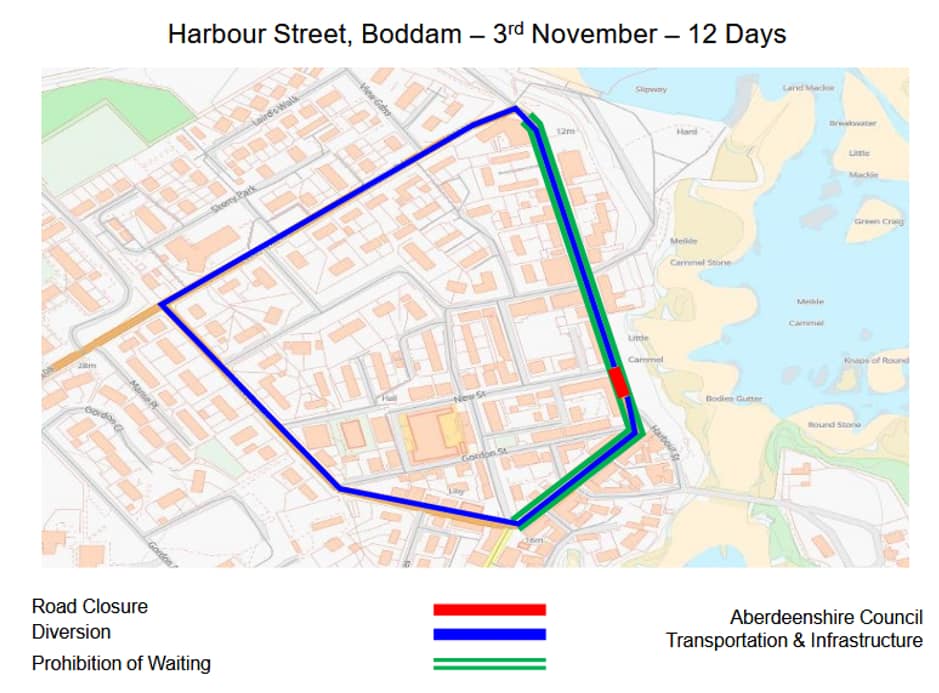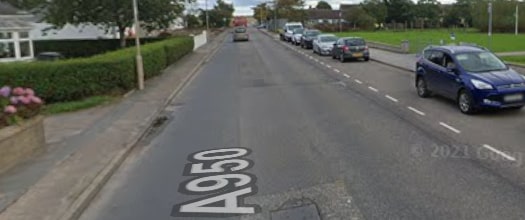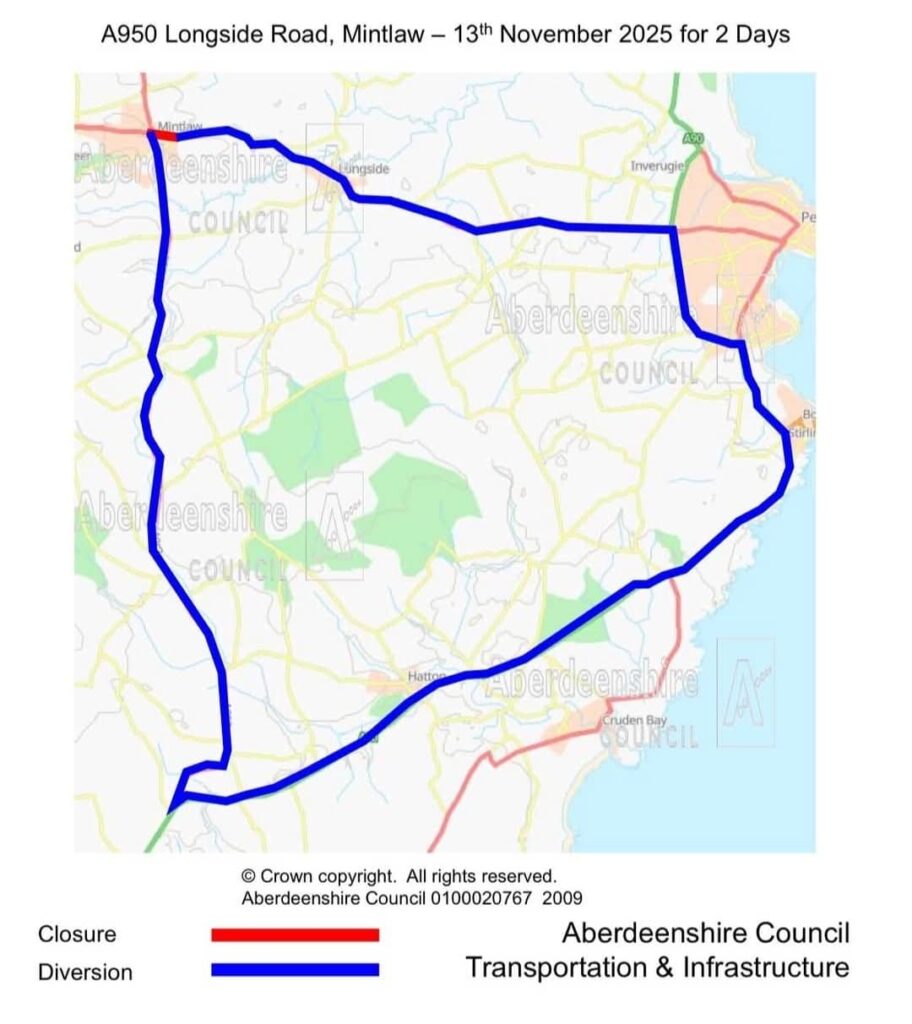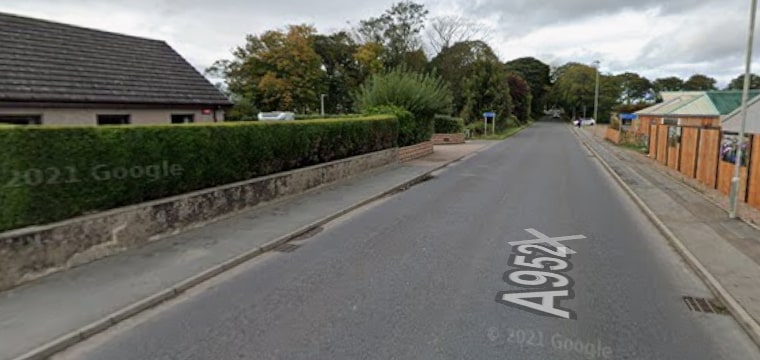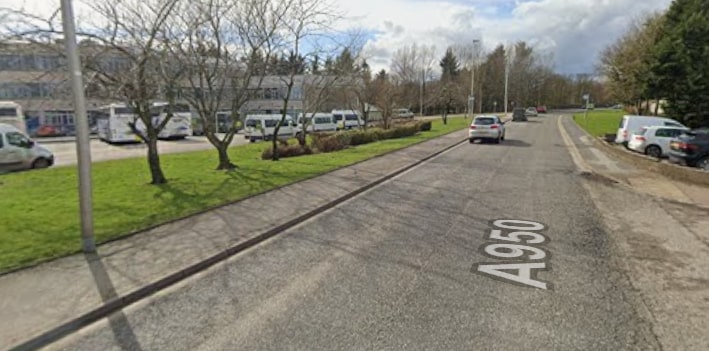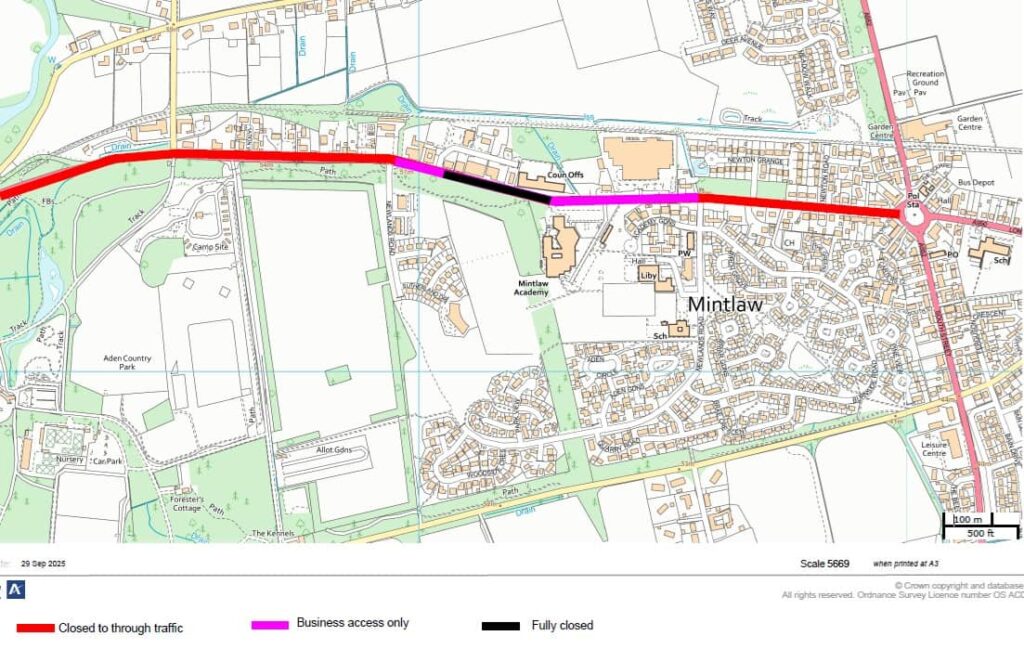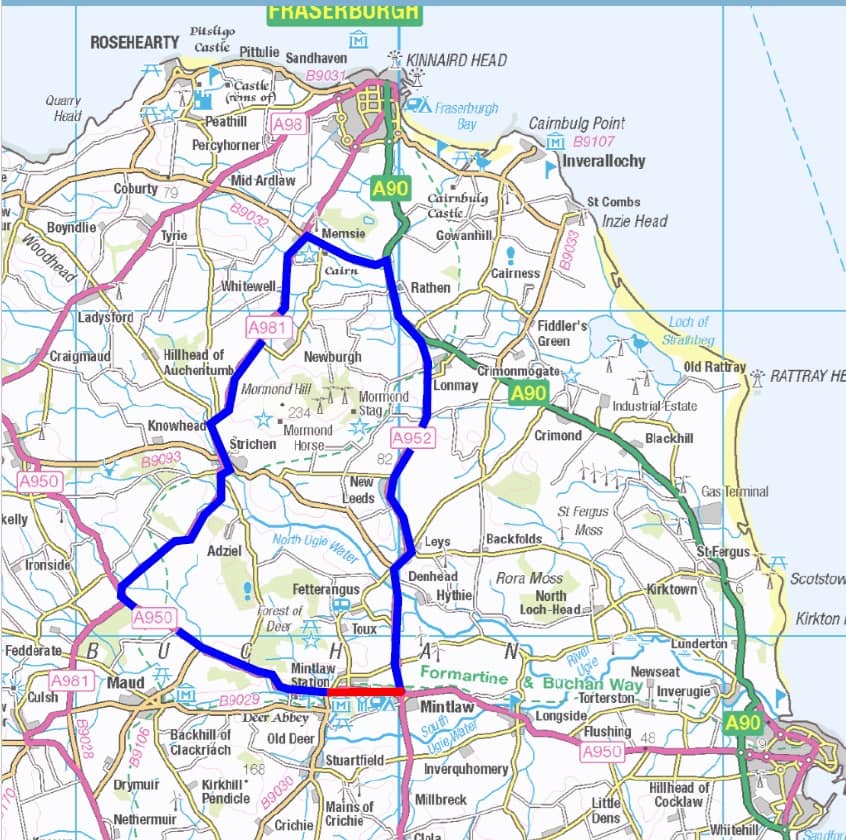Strong Spectacular Aurora Last Night 2am
A spectacular aurora was captured by Lorraine a local resident over Collieston last night
Residents captured the magical moment on camera, sharing breathtaking photos of nature’s light show. What an unforgettable night under the northern sky!
The sky was illuminated with vibrant shades of green, purple, pink and red creating a breathtaking displa.
Experts say the phenomenon was caused by an intense geomagnetic storm that made the northern lights visible much farther south than usual. Many residents shared photos and videos online, describing the sight as “magical” and “unforgettable.”
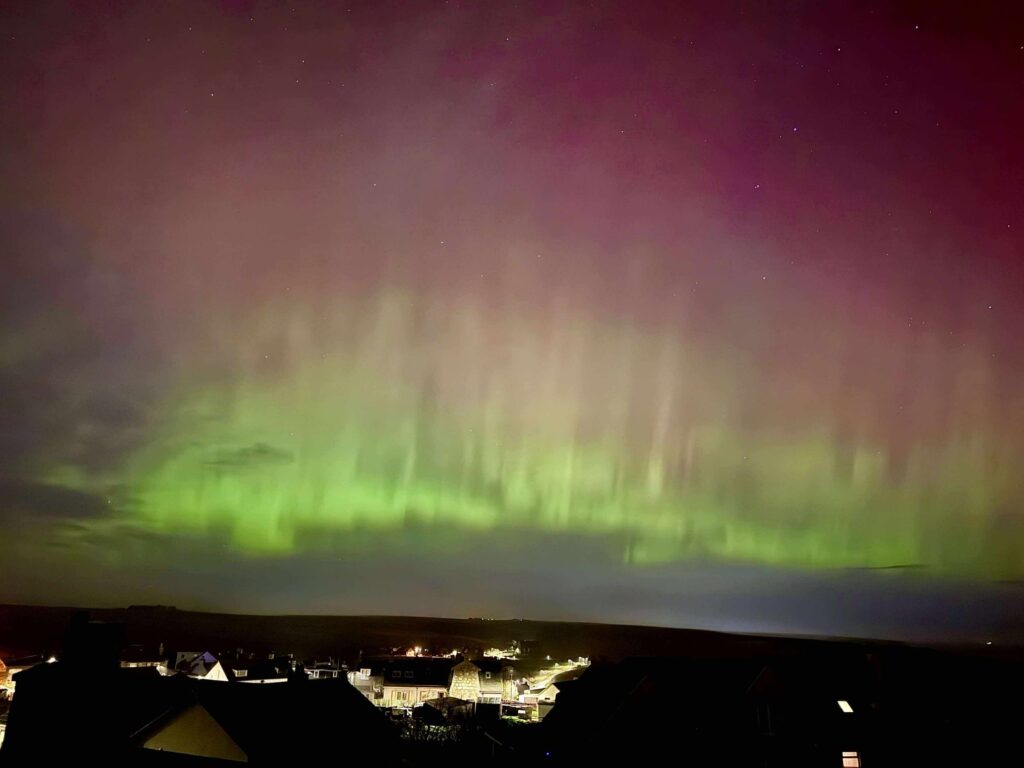

Table of Contents


